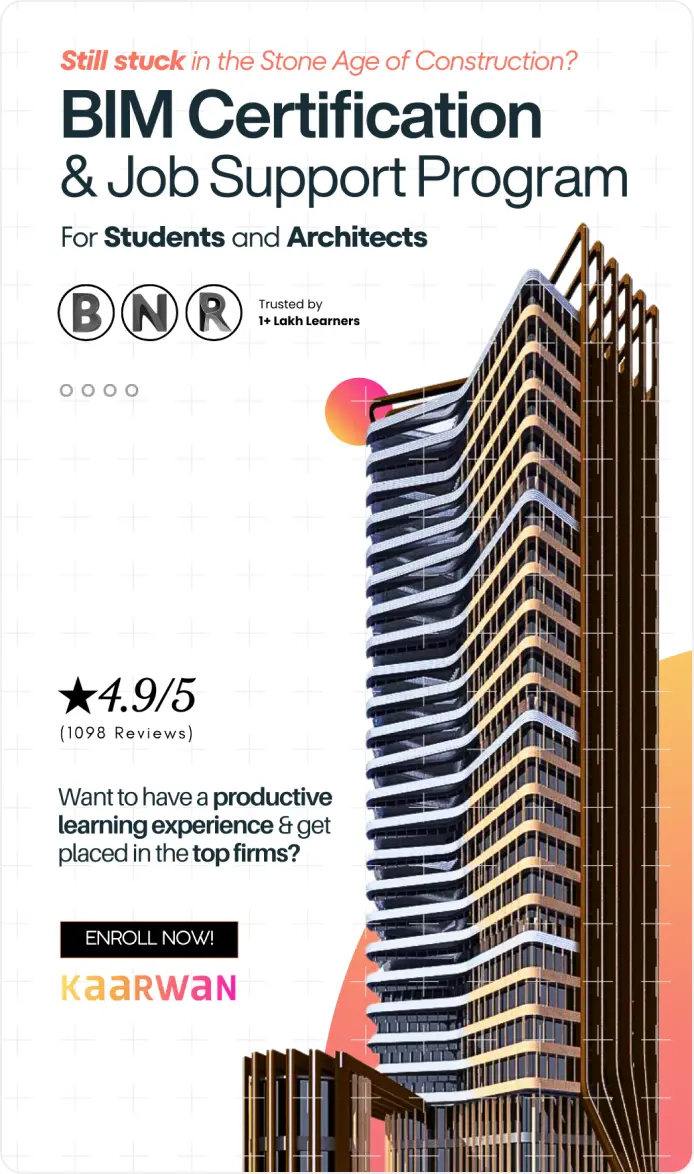Parametric design has revolutionized the architectural landscape, offering architects and designers unprecedented control and flexibility in their creative processes. At the heart of this revolution are powerful tools like Grasshopper, a visual programming language that works within Rhino architecture, and plugins like Weaverbird and Kangaroo. These tools empower architecture students and professionals to explore complex geometries, optimize structural performance, and push the boundaries of what’s possible in design. This comprehensive guide will delve into how Weaverbird and Kangaroo can be effectively utilized in parametric design, providing practical insights for both beginners and advanced users.
Understanding Grasshopper Software
What is Grasshopper?
Grasshopper is a powerful visual scripting tool that integrates seamlessly with Rhino architecture. It allows users to create and manipulate parametric designs without needing to write traditional code. Instead, designers can use a node-based interface to build complex algorithms visually. This makes it accessible to architecture students and professionals alike, enabling them to experiment with forms, materials, and structures in a highly intuitive environment.
The Role of Grasshopper in Parametric Design Architecture
Grasshopper’s role in parametric design architecture is transformative. It allows for the creation of intricate, responsive designs that can adapt to a wide range of parameters. This flexibility is crucial in modern architecture, where designers often need to iterate rapidly to meet the changing needs of a project. Grasshopper also integrates with various plugins, such as Weaverbird and Kangaroo, enhancing its capabilities and allowing for even more sophisticated design solutions.
Image source_©pinterest.com
Introducing Weaverbird and Kangaroo
What is Weaverbird?
Weaverbird is a powerful mesh processing plugin for Grasshopper that allows designers to create and refine complex geometries. It offers a range of tools for subdividing, smoothing, and transforming meshes, making it ideal for projects that require organic, flowing forms. Weaverbird is particularly useful for architecture students and professionals looking to explore freeform shapes and innovative structural solutions in their designs.
What is Kangaroo?
Kangaroo, on the other hand, is a physics engine for Grasshopper that simulates real-world forces and dynamics. It enables designers to explore structural optimization, form-finding, and responsive design strategies. By incorporating physics into the design process, Kangaroo allows architects to create structures that are not only visually stunning but also structurally sound. This makes it an essential tool for anyone involved in parametric design architecture.
The Power of Weaverbird in Parametric Design
Creating Complex Meshes with Weaverbird
Weaverbird excels at creating complex meshes that would be difficult or impossible to achieve with traditional modeling techniques. It allows designers to take a basic geometric form and transform it into a highly detailed, organic shape. For example, architecture students can use Weaverbird to explore how a simple box can be subdivided and smoothed into a fluid, dynamic form that responds to specific design parameters.
Enhancing Surface Detailing
Weaverbird also offers powerful tools for enhancing surface detailing. This is particularly important in parametric design architecture, where the aesthetic quality of a surface can be as important as its structural performance. With Weaverbird, designers can add intricate details to their models, such as ridges, creases, and other surface textures, without compromising the underlying geometry.
Leveraging Kangaroo for Structural Optimization
Form-Finding with Kangaroo
Kangaroo is a game-changer in form-finding, allowing designers to explore how different forces and constraints shape a structure. By simulating physical forces such as gravity, tension, and compression, Kangaroo helps architects find the most efficient forms for their designs. This process is particularly useful in the early stages of design, where understanding the structural behavior of a form can inform critical decisions about materials and construction techniques.
Real-World Applications in Parametric Design Architecture
The real-world applications of Kangaroo in parametric design architecture are vast. For instance, it can be used to optimize the shape of a roof structure to minimize material usage while maximizing strength and stability. Architecture students and professionals alike can benefit from using Kangaroo to explore innovative structural solutions that are both aesthetically pleasing and functionally sound.
Integrating Weaverbird and Kangaroo in Grasshopper Workflows
Combining Mesh Processing with Physics Simulation
One of the most powerful aspects of using Weaverbird and Kangaroo together is the ability to combine mesh processing with physics simulation. This integration allows for the creation of designs that are not only visually compelling but also structurally optimized. For example, a designer might use Weaverbird to create a complex mesh form and then use Kangaroo to simulate how that form behaves under different loads. This approach can lead to innovative designs that push the boundaries of what’s possible in parametric design architecture.
Practical Tips for Grasshopper Users
For those new to Grasshopper, starting with simple exercises that combine Weaverbird and Kangaroo can be a great way to build confidence and understanding. Architecture students might begin by experimenting with basic shapes and gradually introducing more complex forms and forces. As you become more comfortable with the tools, try integrating them into larger, more ambitious projects, such as designing a pavilion or a small building.
Image source_©designboom.com
The Role of Grasshopper Courses in Mastering These Tools
Why Take a Grasshopper Course?
Taking a Grasshopper course can be an invaluable step in mastering the software and its plugins. These courses typically cover everything from the basics of parametric design to advanced techniques for using plugins like Weaverbird and Kangaroo. For architecture students, enrolling in a Grasshopper course can provide the structured learning environment needed to fully grasp the potential of these tools.
Finding the Right Grasshopper Course
When looking for a Grasshopper course, consider one that offers a comprehensive curriculum that covers both the fundamentals and the advanced features of the software. Additionally, look for courses that include hands-on projects, as these will give you practical experience in applying what you’ve learned. Whether you’re an architecture student or a seasoned professional, the right course can significantly enhance your skills in parametric design architecture.
The Future of Parametric Design: What’s Next?
Advancements in Grasshopper Software
The future of parametric design looks incredibly promising, with ongoing advancements in Grasshopper software and its plugins. New features are being developed that will further enhance the capabilities of tools like Weaverbird and Kangaroo, making it easier for designers to create complex, optimized structures. Architecture students and professionals should stay up-to-date with these advancements to remain competitive in the field.
The Growing Importance of Parametric Design in Architecture
As the demand for innovative, sustainable, and efficient designs continues to grow, parametric design will play an increasingly important role in the architecture industry. Tools like Grasshopper, Weaverbird, and Kangaroo will be at the forefront of this movement, enabling architects to push the boundaries of what’s possible. For those looking to make a mark in the field of architecture, mastering these tools is essential.
Conclusion: Embracing the Power of Weaverbird and Kangaroo
Harnessing the power of Weaverbird and Kangaroo in parametric design opens up a world of possibilities for architects and designers. These tools, when integrated into your Grasshopper workflows, can help you create innovative, structurally sound, and visually stunning designs. Whether you’re an architecture student just starting or a seasoned professional looking to expand your skill set, understanding and utilizing these plugins will be crucial in shaping the future of your design practice. By embracing the power of these tools, you can stay ahead of the curve in the ever-evolving world of parametric design architecture.
Elevate your skills with our Advanced Rhino & Grasshopper Certification Course. Gain expertise and job support to excel in parametric design. Enroll now to transform your career!
Visit the Kaarwan website for more insights!

